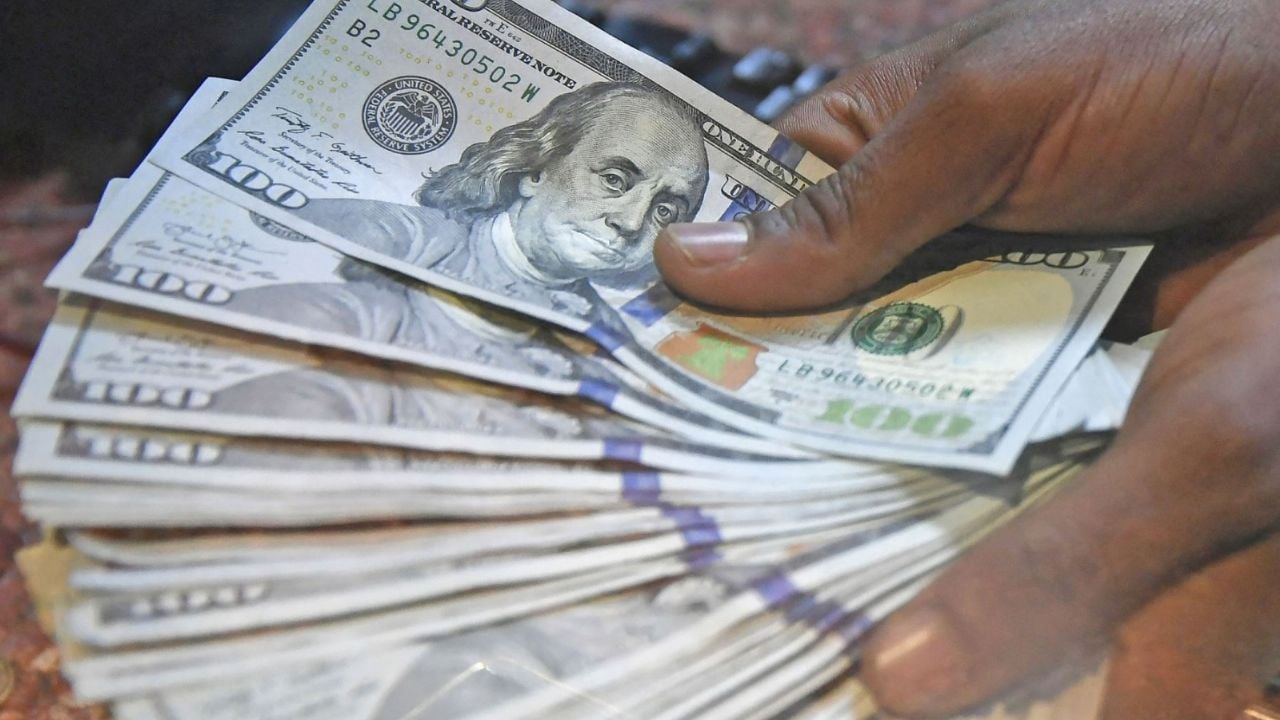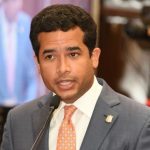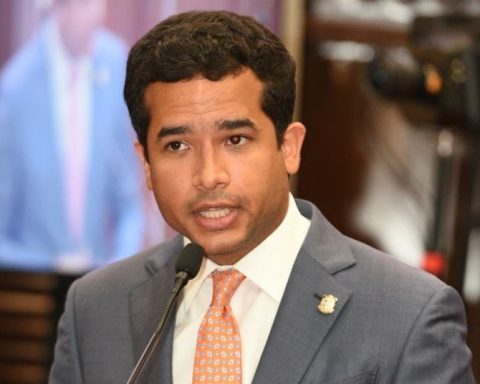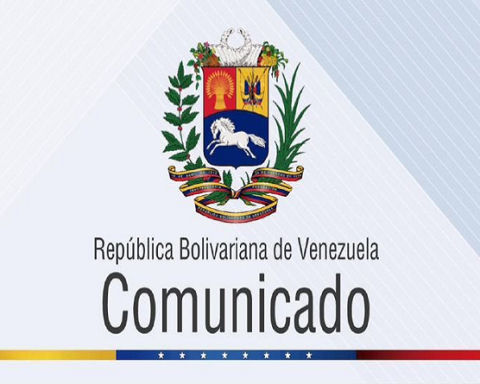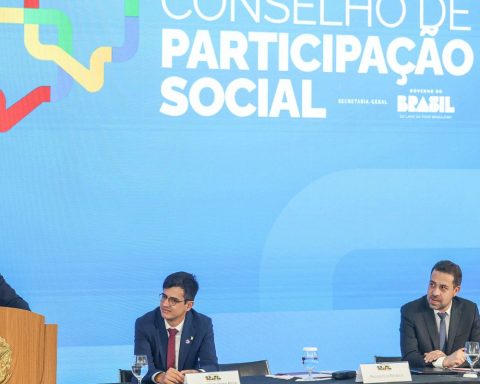He dollar The official exchange rate, which is the exchange rate controlled by the Central Bank of the Argentine Republic (BCRA), closed the week at $964.00 for sale and $924.00 for purchase. This value represents an increase of $2 compared to the previous day’s price.
He dollar The official dollar is used mainly for regulated commercial and financial transactions, and its value is determined by the monetary policies of the BCRA. On the other hand, the blue dollar, which is the parallel or informal exchange rate, remained stable at $1,350.00 for sale and $1,320.00 for purchase.
The blue dollar emerges as an alternative to the official dollar due to the exchange restrictions imposed by the government, and its price is usually higher due to demand on the black market. The gap between the dollar The official rate and the blue dollar are at 37.2%, reflecting the market’s lack of confidence in the country’s economic stability and exchange rate policies..
In addition to these two exchange rates, there are other types of dollars that are also relevant to different sectors of the economy. The dollar card, used for purchases and payments abroad, is quoted at $1,542.40.

This exchange rate includes the 30% PAIS tax and a 45% surcharge on account of Profits. On the other hand, the MEP dollar (Electronic Payment Market) and the CCL dollar (Cash with Settlement) are quoted at $1,283.23 and $1,285.52 respectively.
These exchange rates are used primarily for financial and investment transactions. The quote of the dollar In Argentina it is influenced by various factors, including inflation, monetary and fiscal policies, and market expectations.

Inflation
Inflation in Argentina has been a persistent problem, and in recent months it has shown an upward trend. This has led to increased demand for dollars as a safe haven, which in turn has put upward pressure on the blue dollar price.
The BCRA’s monetary policies also play a crucial role in the dollar’s exchange rate. In an attempt to control inflation and stabilize the exchange rate, the BCRA has implemented a series of measures, including intervention in the foreign exchange market and raising interest rates.
